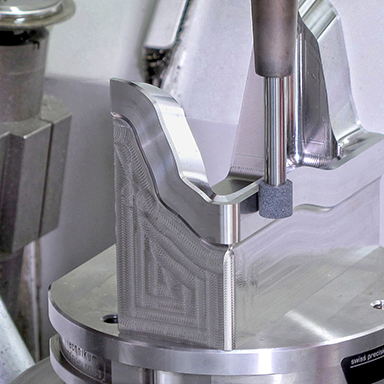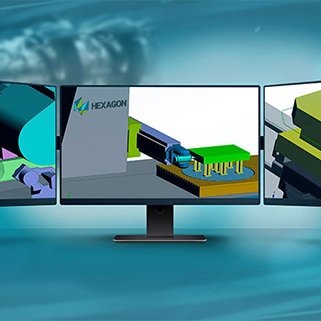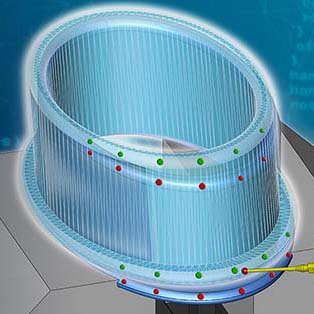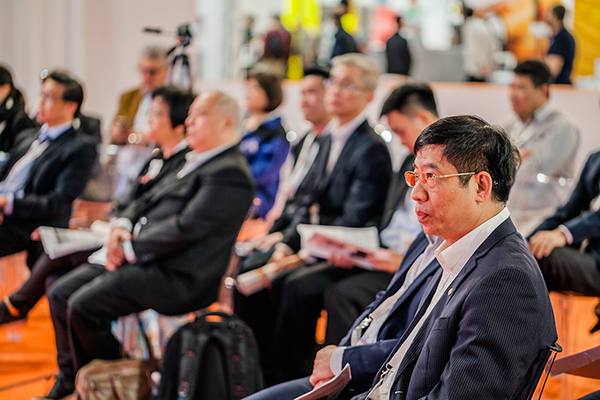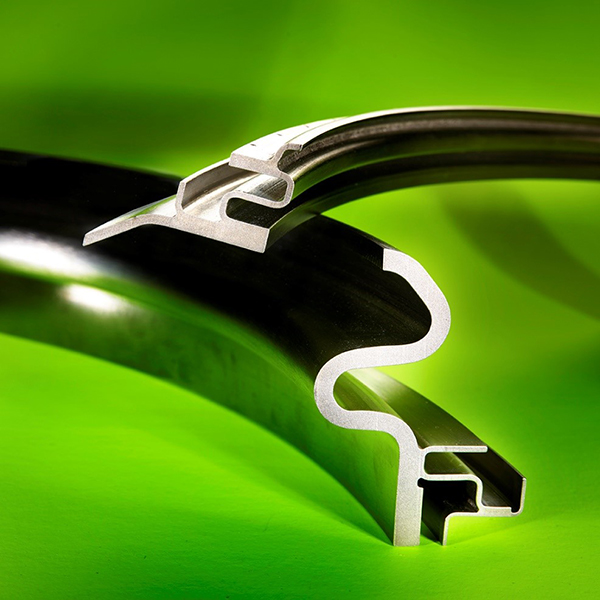
German machining centre manufacturer Röders has introduced to its range an upgraded CNC system capable of programming and controlling a full range of metal-cutting operations more efficiently, from roughing and high-speed milling, to micron-accuracy jig grinding.
Available on its three- and five-axis machining centres, the Racecut control enables demanding precision requirements to be met, while at the same time delivering high cutting performance, including when machining hard materials. Availability of the machines in the UK and Ireland is through sole sales and service agent Hurco Europe.
Underpinning the high performance in terms of accuracy and speed are frictionless linear drives and 5 nm resolution glass scales. These combine with the benefits of the new CNC system, which has a high clock rate of 32 kHz. The smallest deviations in cutter paths can be detected and corrected, even during high-speed cutting, raising processing speed and optimising surface quality. Tests carried out by the manufacturer indicate that it is possible to reduce machining times by as much as 20% while maintaining the same surface finish.
Additionally, extensive compensation in the control for deviations in the angular position of the rotary table and swivelling trunnion of five-axis machines, plays a central role. Particular attention has also been paid to the control’s ability to compensate precisely for spindle growth, while a further notable feature is the patented, frictionless weight compensation system in the Z axis.
For thermal stability to ensure positioning accuracy of less than 1 µm, the machine has sophisticated temperature management. The temperature of the medium that flows through all key elements is controlled to an accuracy of ±0.1°C, which may be extended down to ±0.02°C for certain applications.
For further information
www.hurco.co.uk






